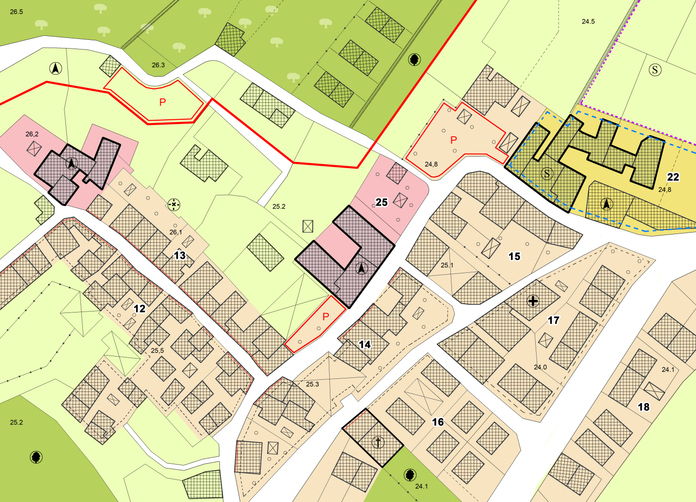Registering an Underlease at the Land Registry
 Post-completion formalities for underleases
Post-completion formalities for underleases
Once an underlease has been granted, there may be stamp duty land tax (SDLT) if the property is in England or land transaction tax (LTT) if the property is in Wales, and Land Registry requirements to comply with.
Stamp duty land tax (SDLT)
SDLT is a tax on land transactions in England, including the grant of an underlease. It is a self-assessment tax. The undertenant must submit a Land Transaction Return and payment (if any tax is due) to HM Revenue & Customs (HMRC) within 30 days of the “effective date” of the transaction. The time limit is being reduced from 30 days to 14 days for those transactions with an ‘effective date’ on or after 01 March 2019.
Usually, but not always, the effective date is the date of completion of the underlease.
The HMRC website has guidance on SDLT liability for leasehold transactions and a useful SDLT calculator. See https://www.gov.uk/guidance/stamp-duty-land-tax-leasehold-purchases .
Land Transaction Tax (LTT) in Wales
LTT is a tax on land transactions in Wales, including the grant of an underlease. It is a self-assessment tax. The tenant must submit a Land Transaction Tax Return and payment (if any tax is due) to the Welsh Revenue Authority (WRA) within 30 days of the “effective date” of the transaction. Usually, but not always the effective date is the date of completion of the lease.
For further guidance please see the WRA website . Please also see the LTT calculator .
Both the SDLT and LTT rules are complex, with many exceptions, exemptions and reliefs. Whilst LTT is broadly the same as SDLT, there are some key differences.
If your transaction is not straightforward you should take specialist tax advice to ensure that you pay the correct amount of SDLT or LTT (whichever applies).
Registration of underleases at the Land Registry
An underlease must be registered at the Land Registry if it has a term of over 7 years. If the underlease is not registered, it will not take effect as a “legal” lease but only as an “equitable” lease. This is less secure for the undertenant and will make future dealings with the lease more complicated for all concerned.
An application to register an underlease is made on Land Registry form AP1, assuming the tenant’s lease has its own Land Registry title. The underlease, a certified copy, and a fee must be submitted, together with evidence that any SDLT or LTT requirements have been met.
Further information about registering underleases can be found in Land Registry Practice Guide 25: https://www.gov.uk/government/publications/leases-when-to-register .
Noting of underleases on superior registered titles
If an underlease is not registrable, for example because its term is only 5 years, but the underlease grants easements, for example a right of way, over adjoining land belonging to the tenant or landlord, the undertenant must apply to the Land Registry to register the easements in the underlease.
This application is also made on Land Registry form AP1, and the underlease, a certified copy, and a fee must be submitted, together with evidence that any SDLT or LTT requirements have been met. Further information can be found in Land Registry Practice Guide 62: http://www.landregistry.gov.uk/professional/guides/practice-guide-62 .


